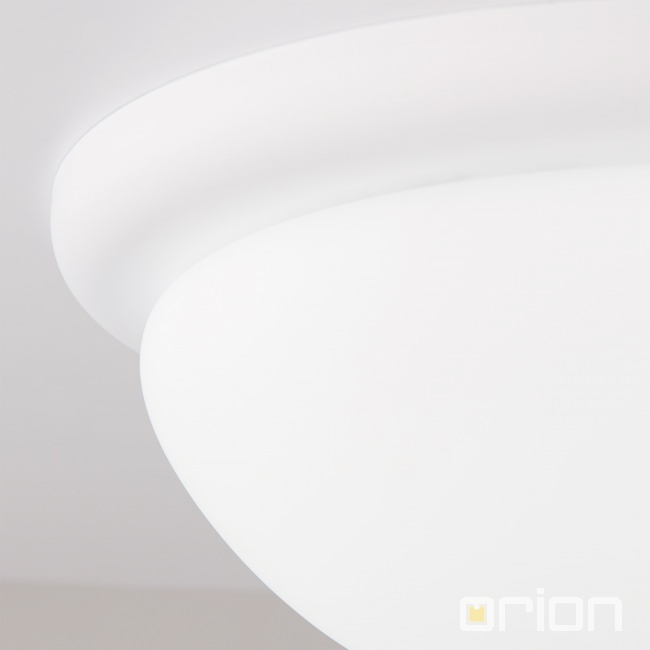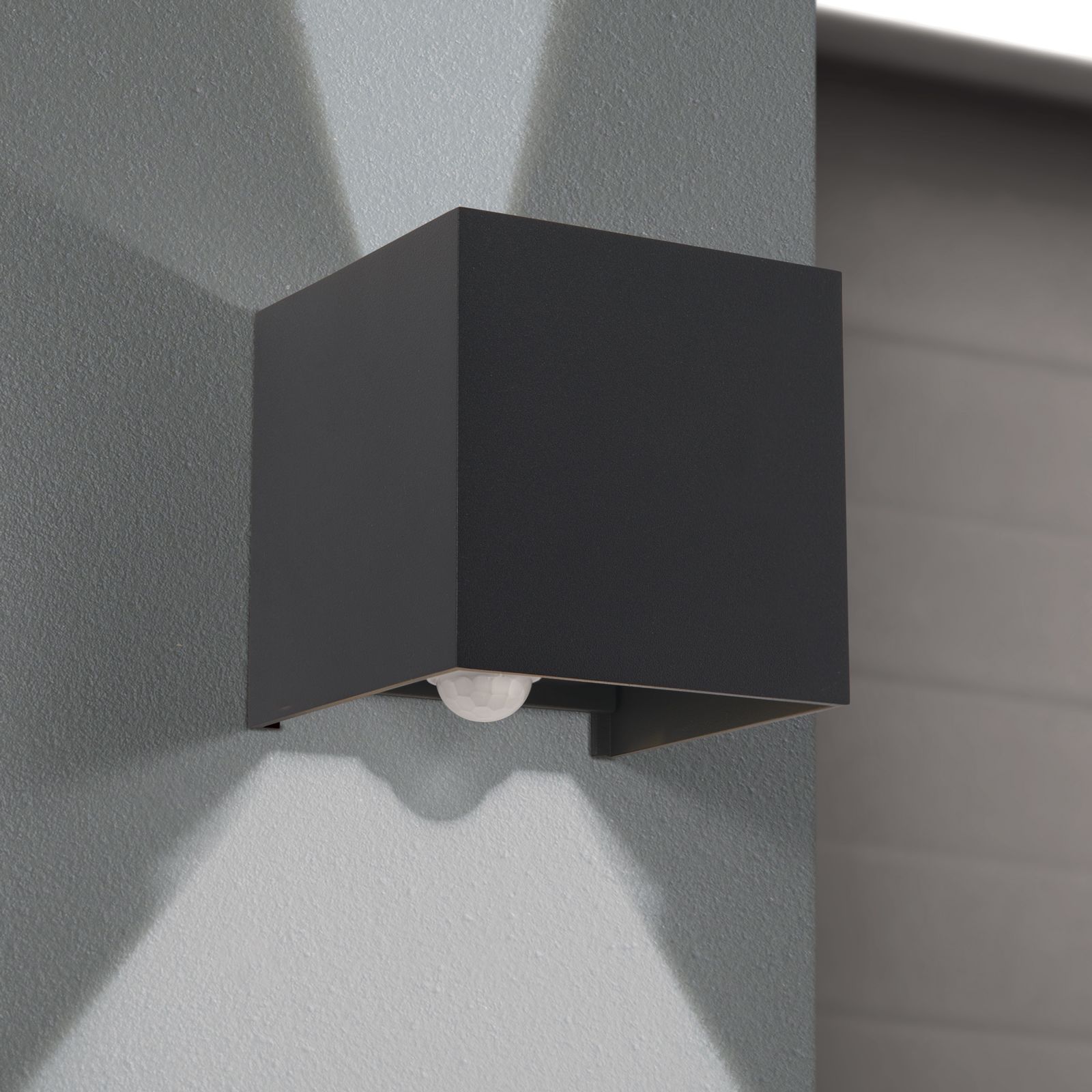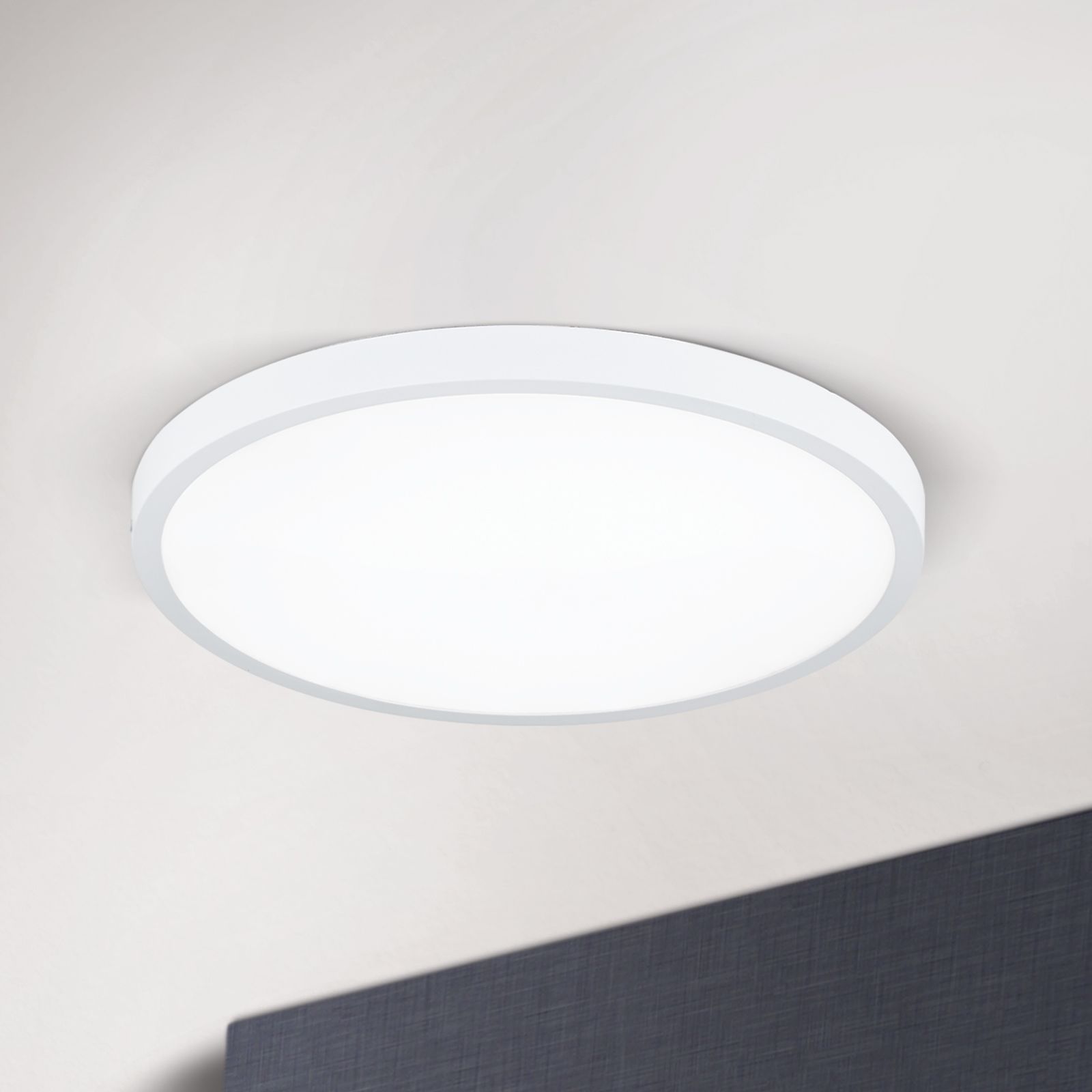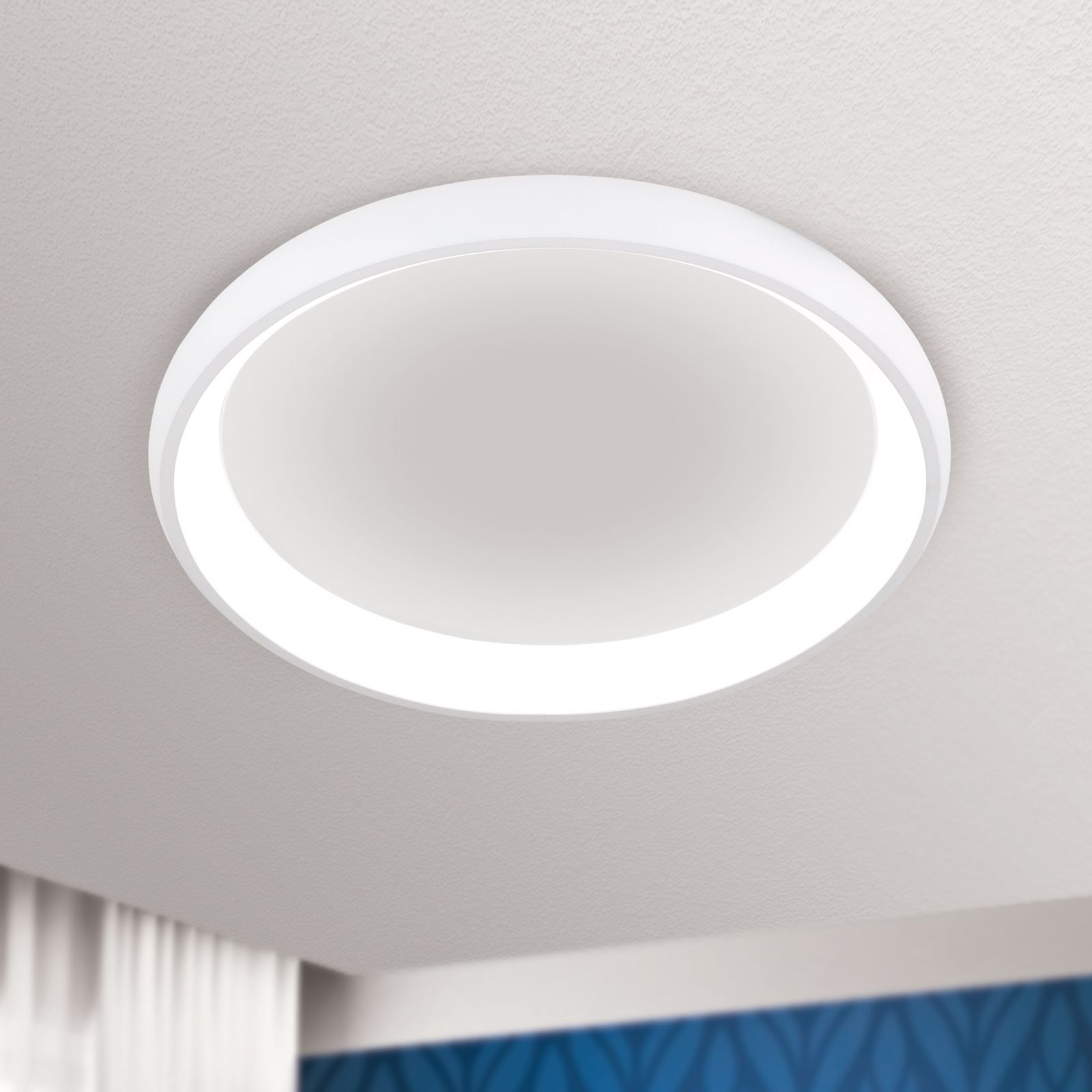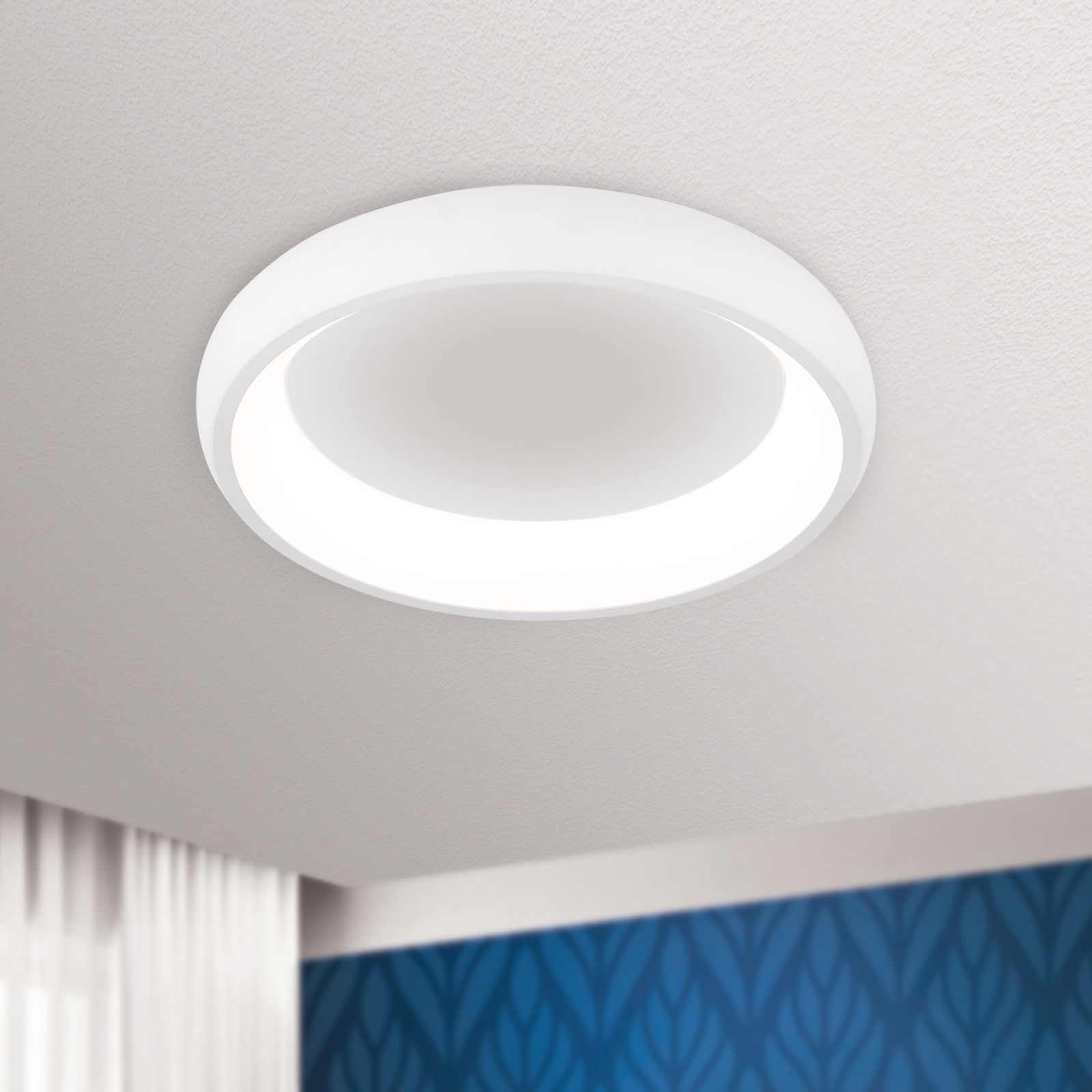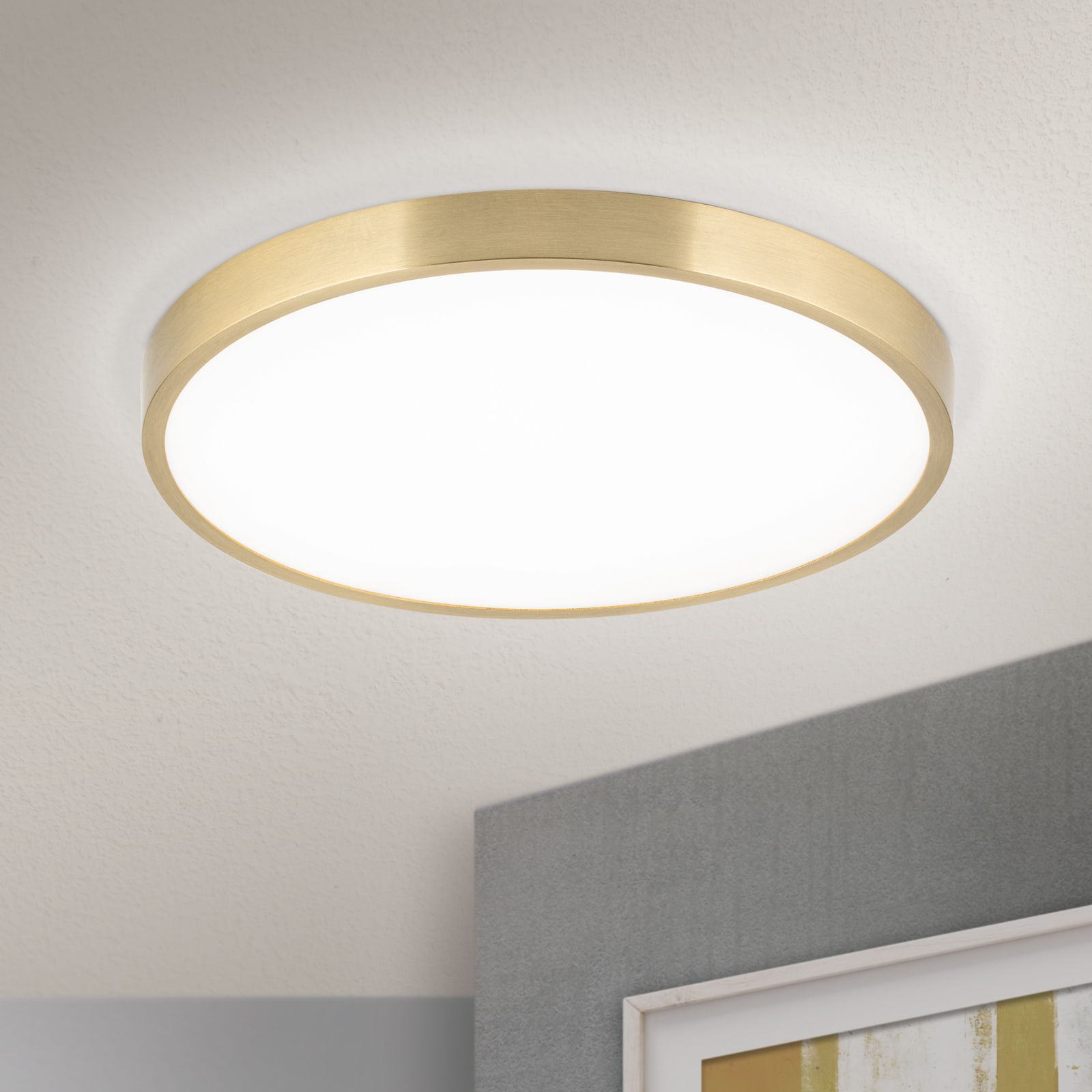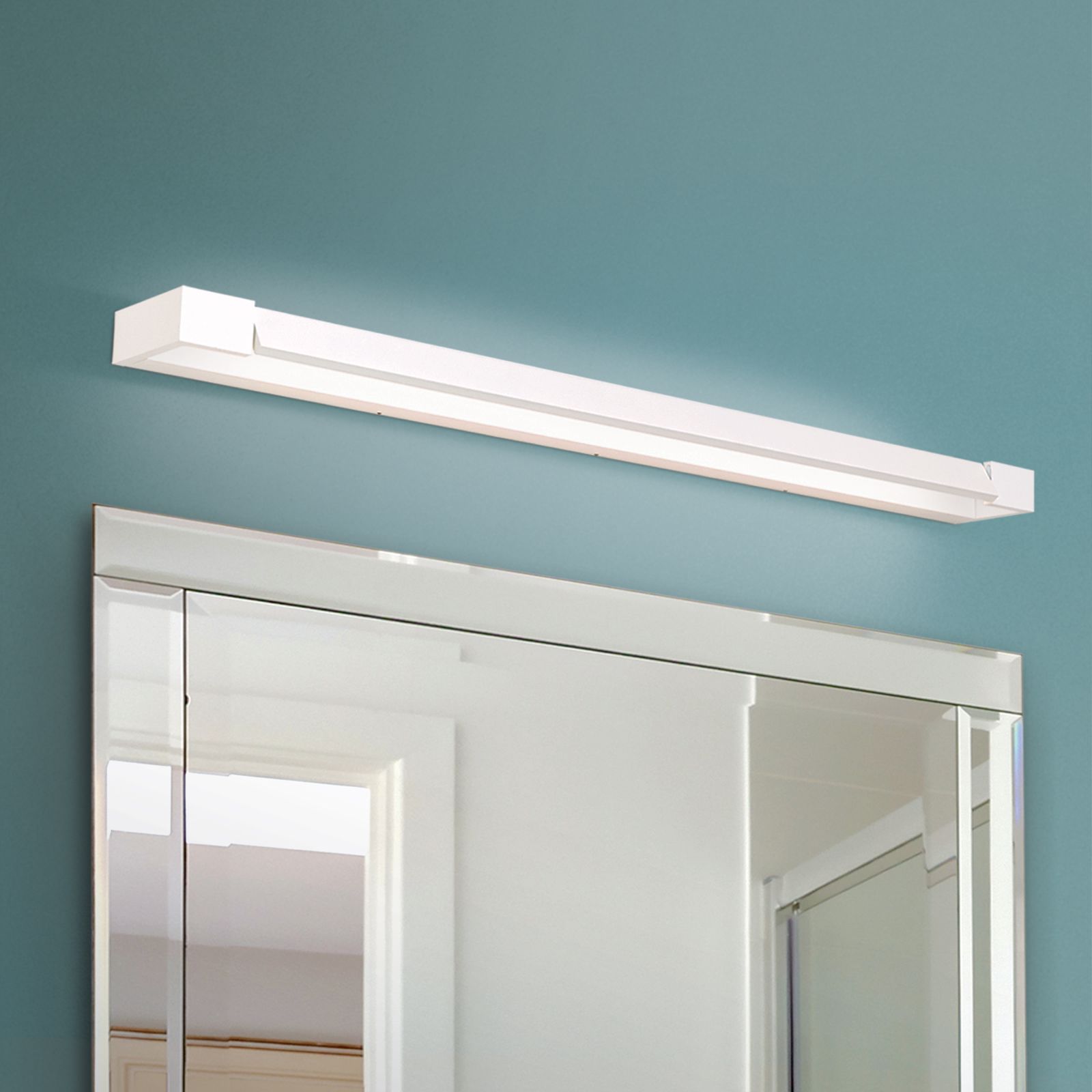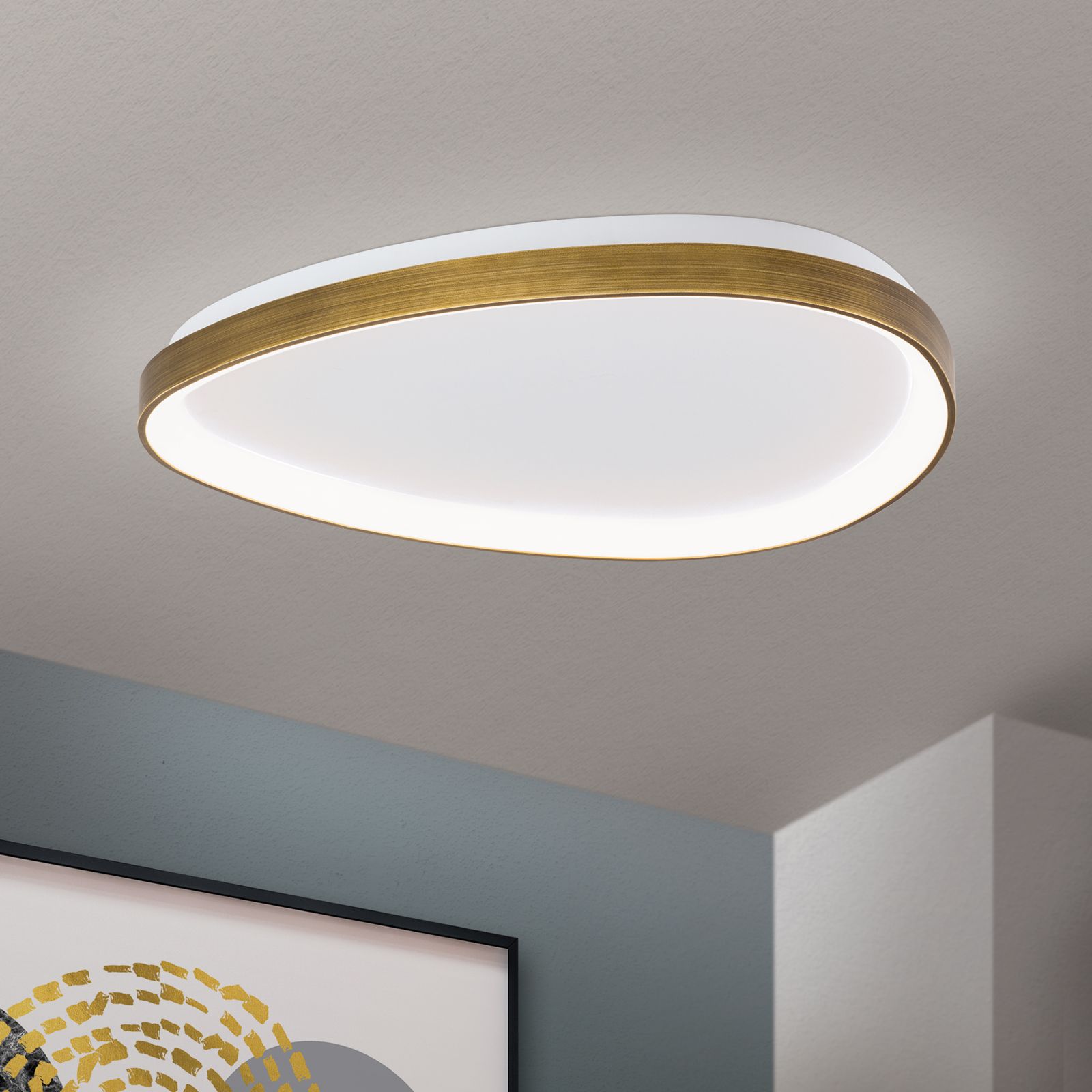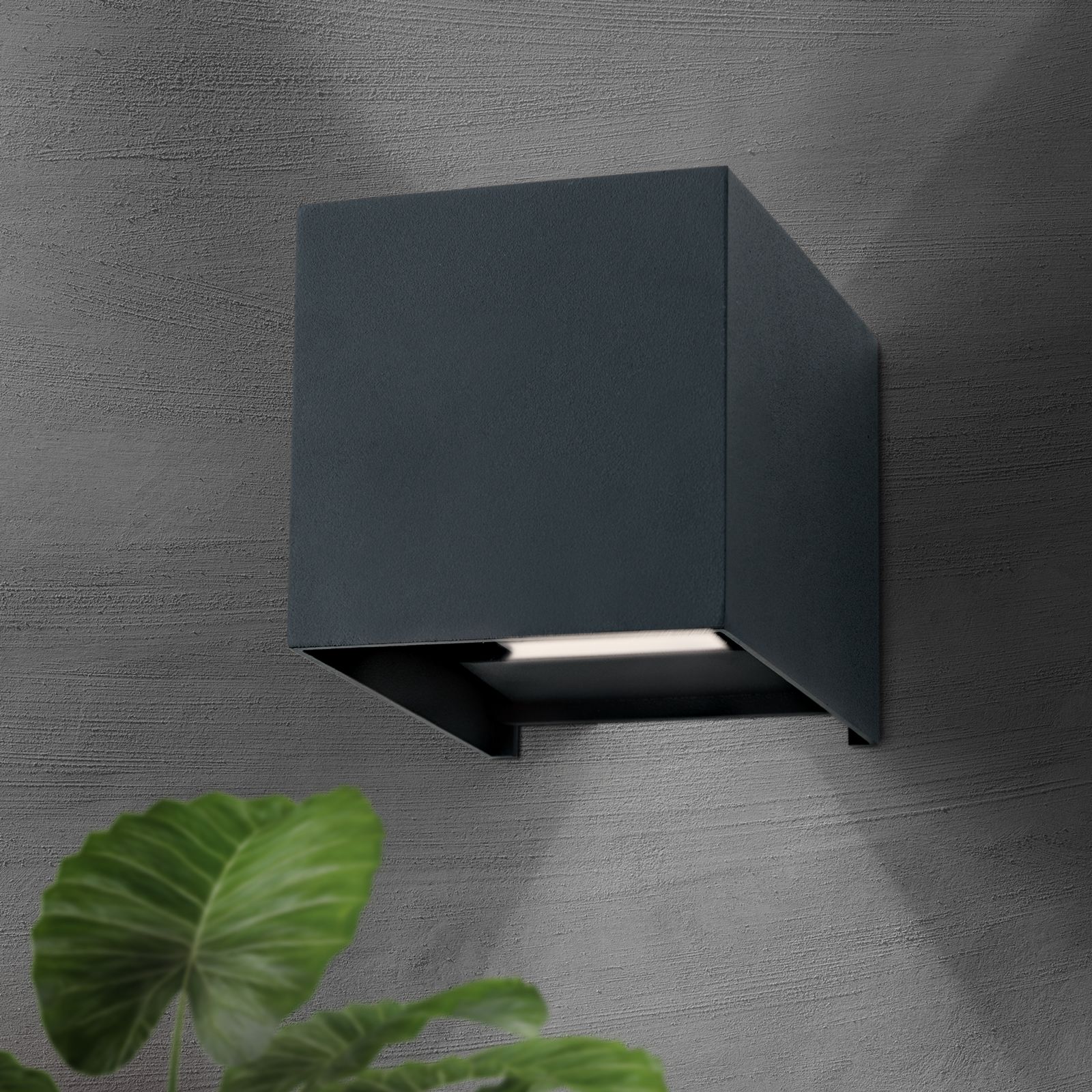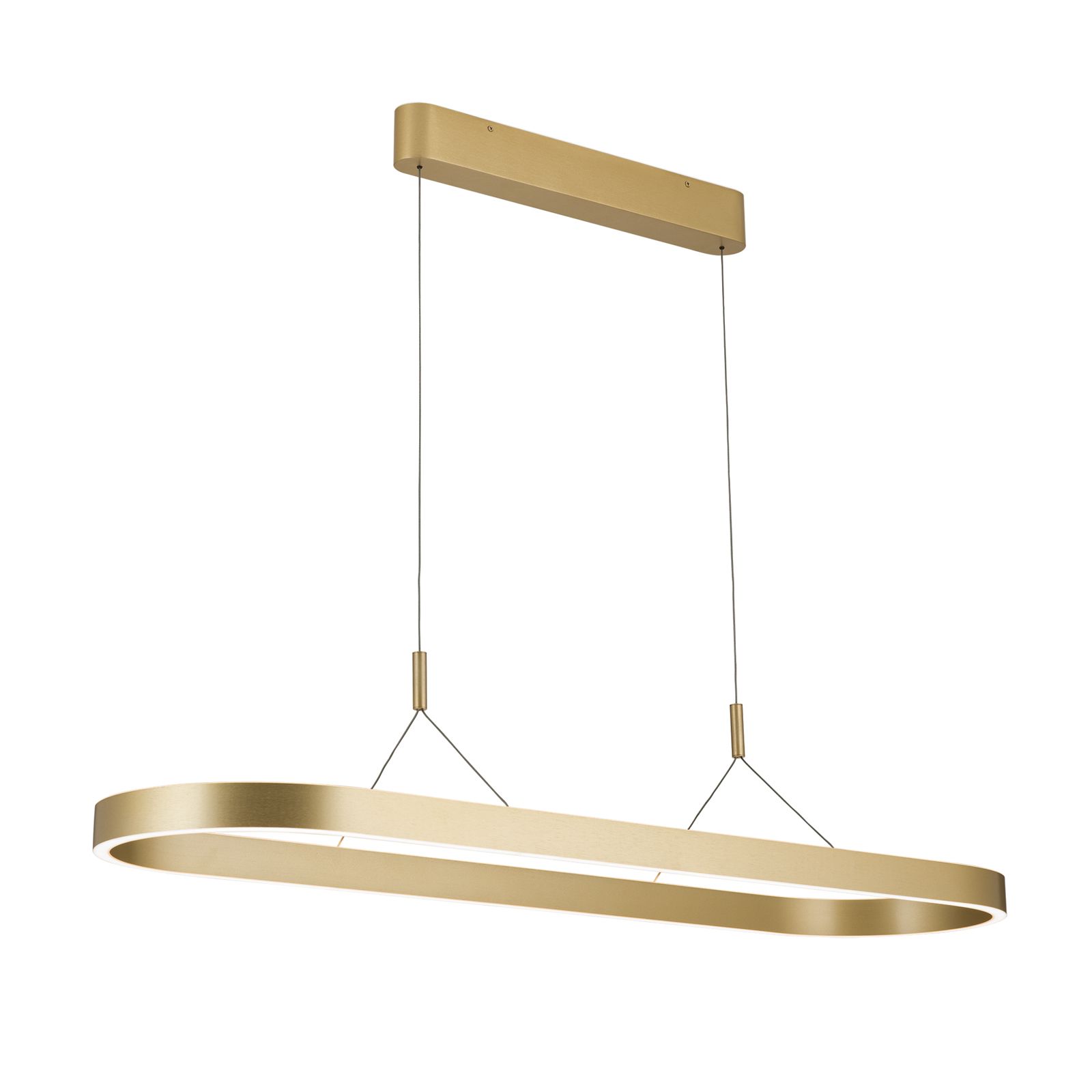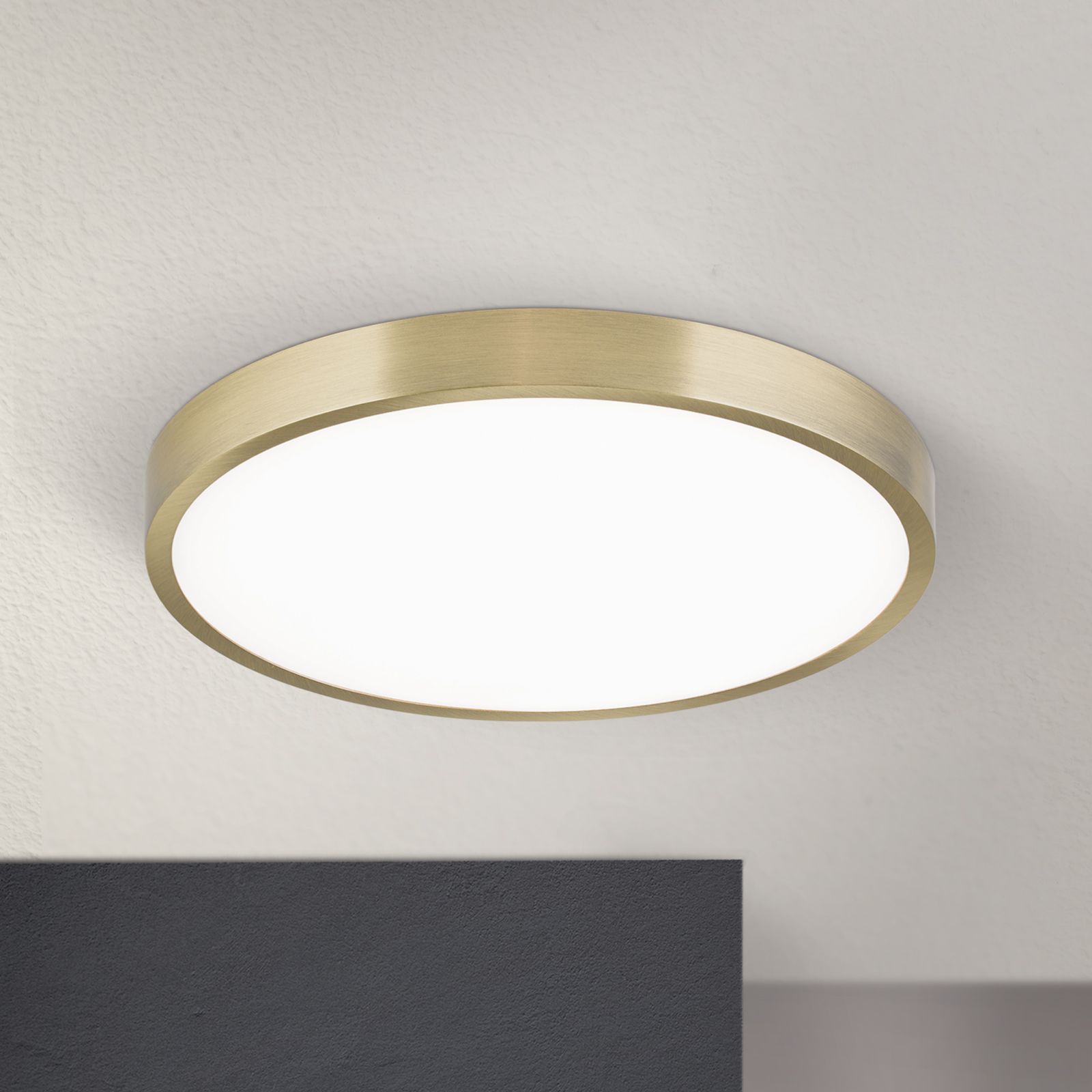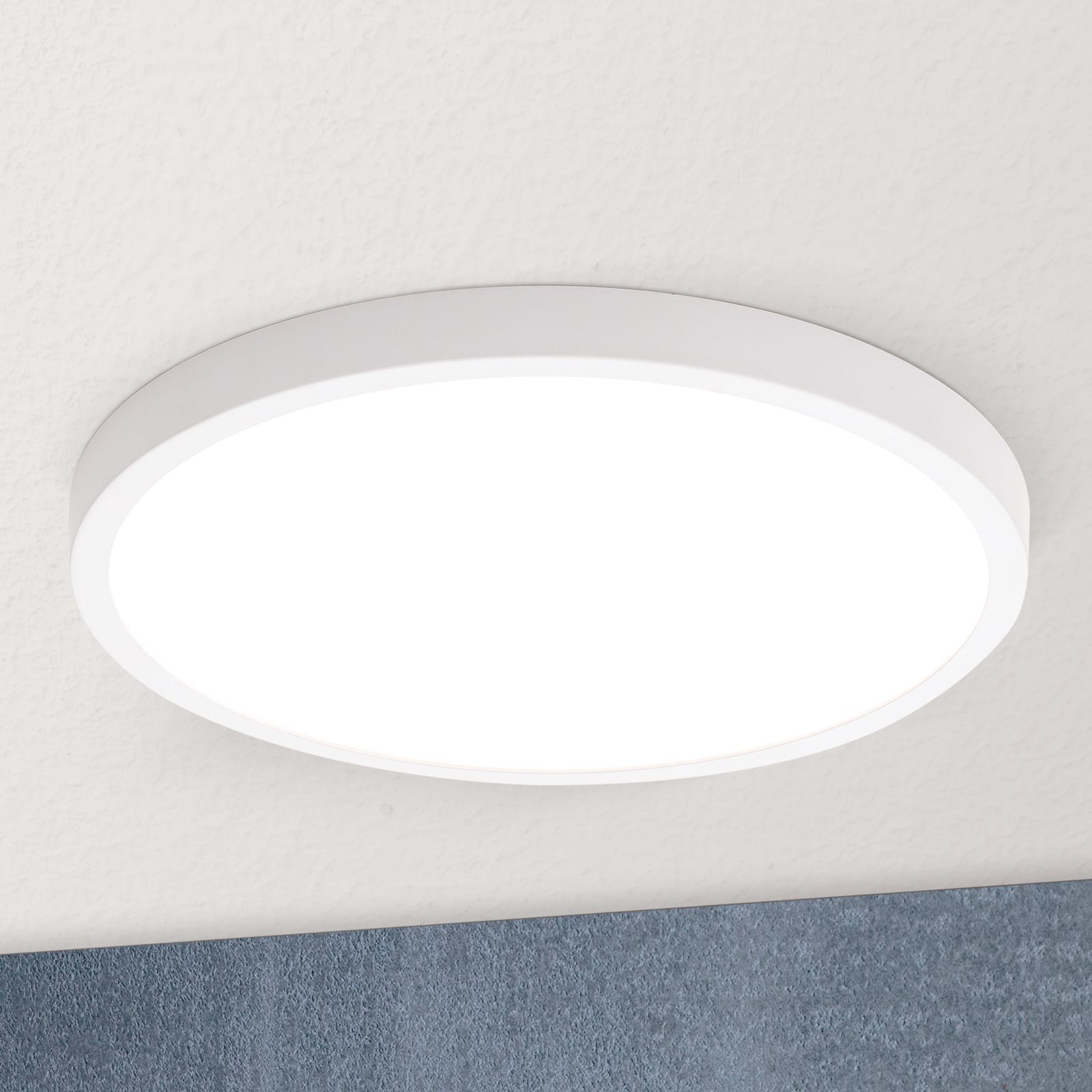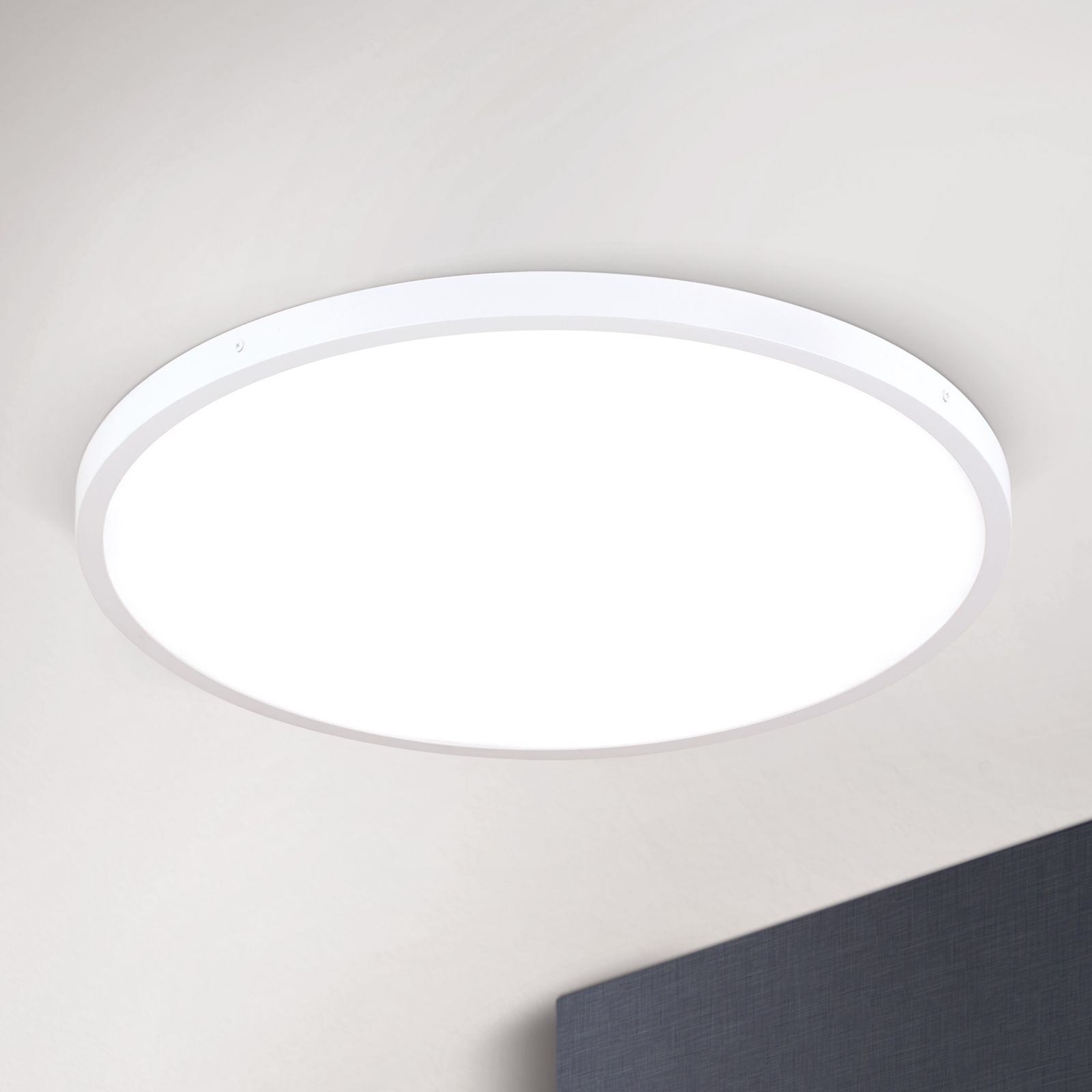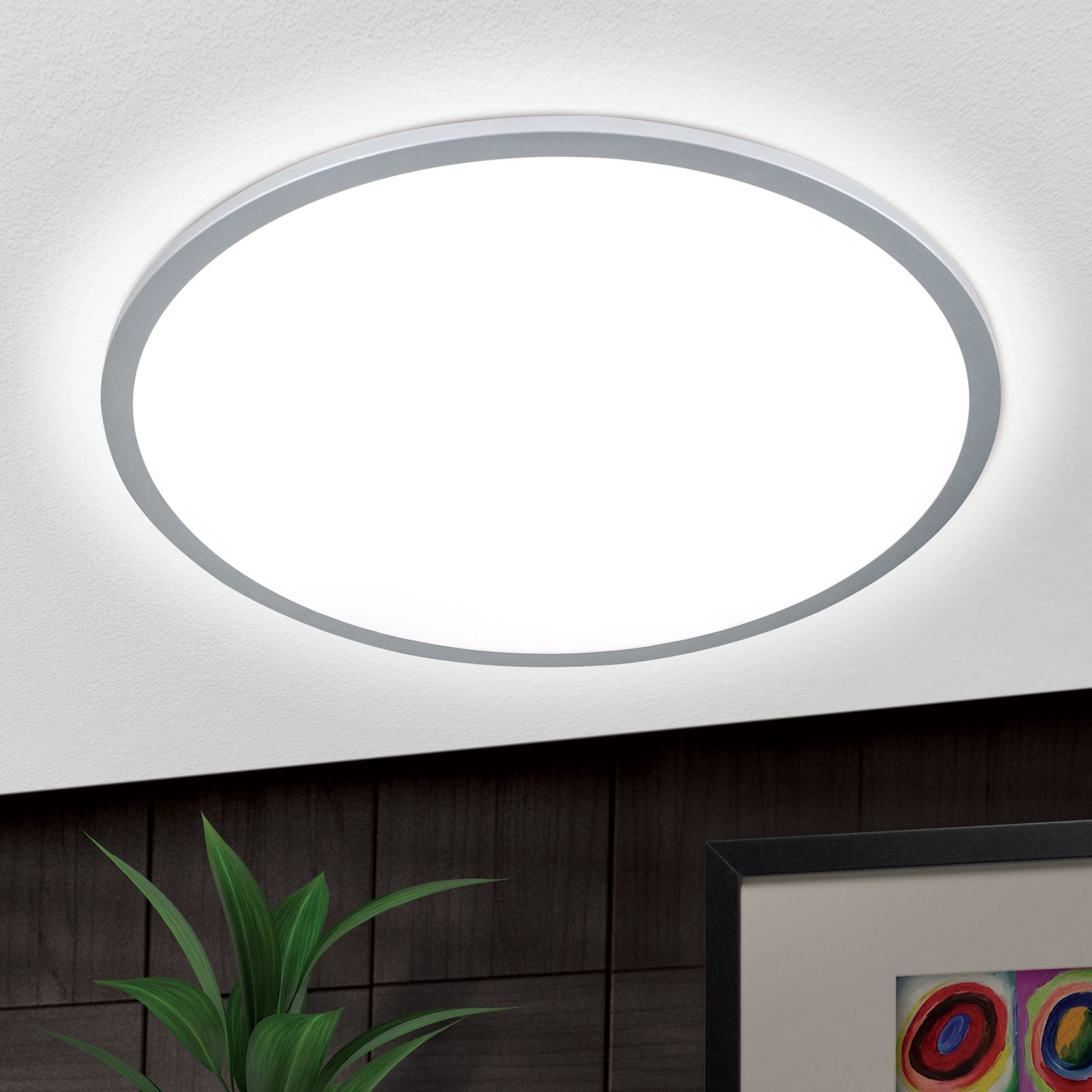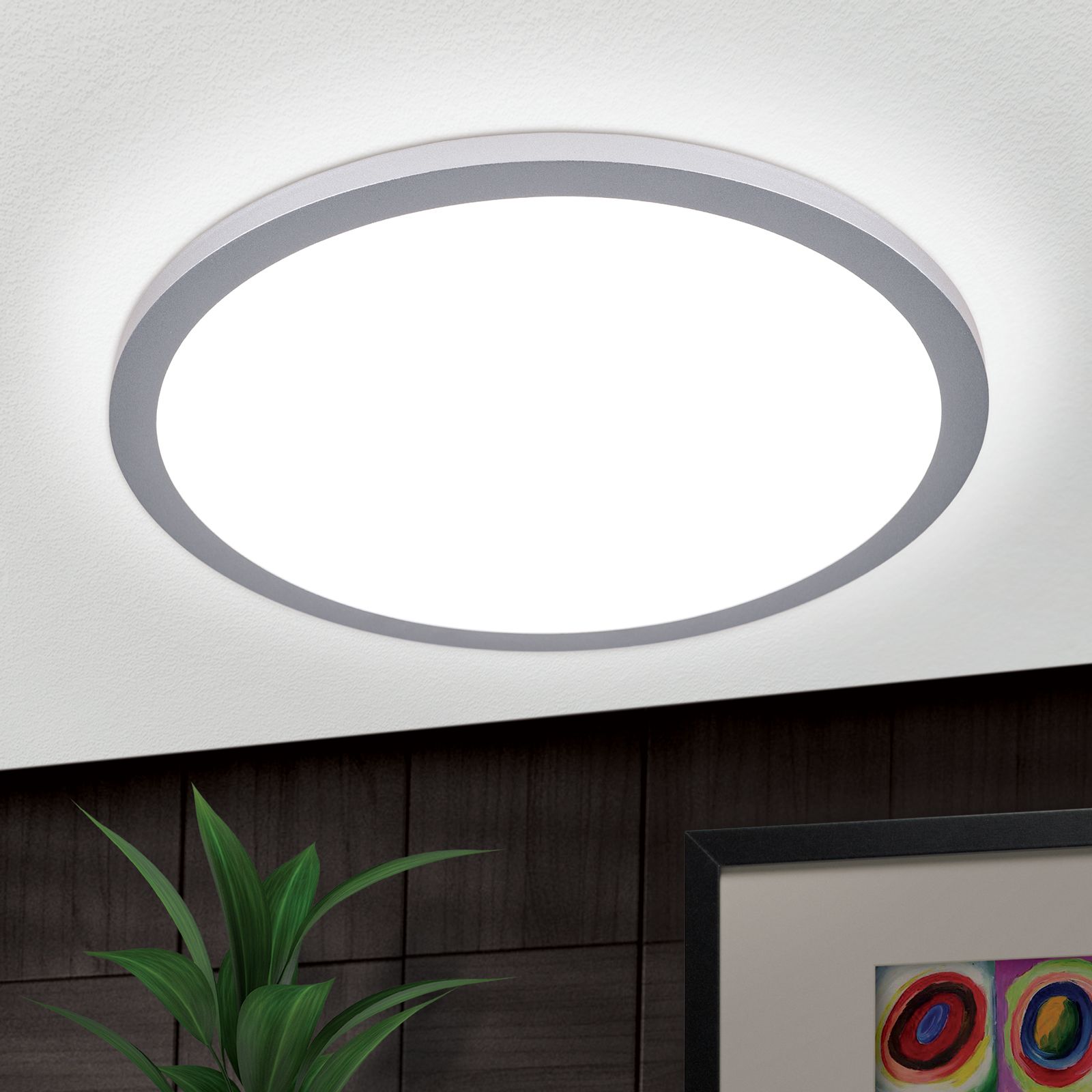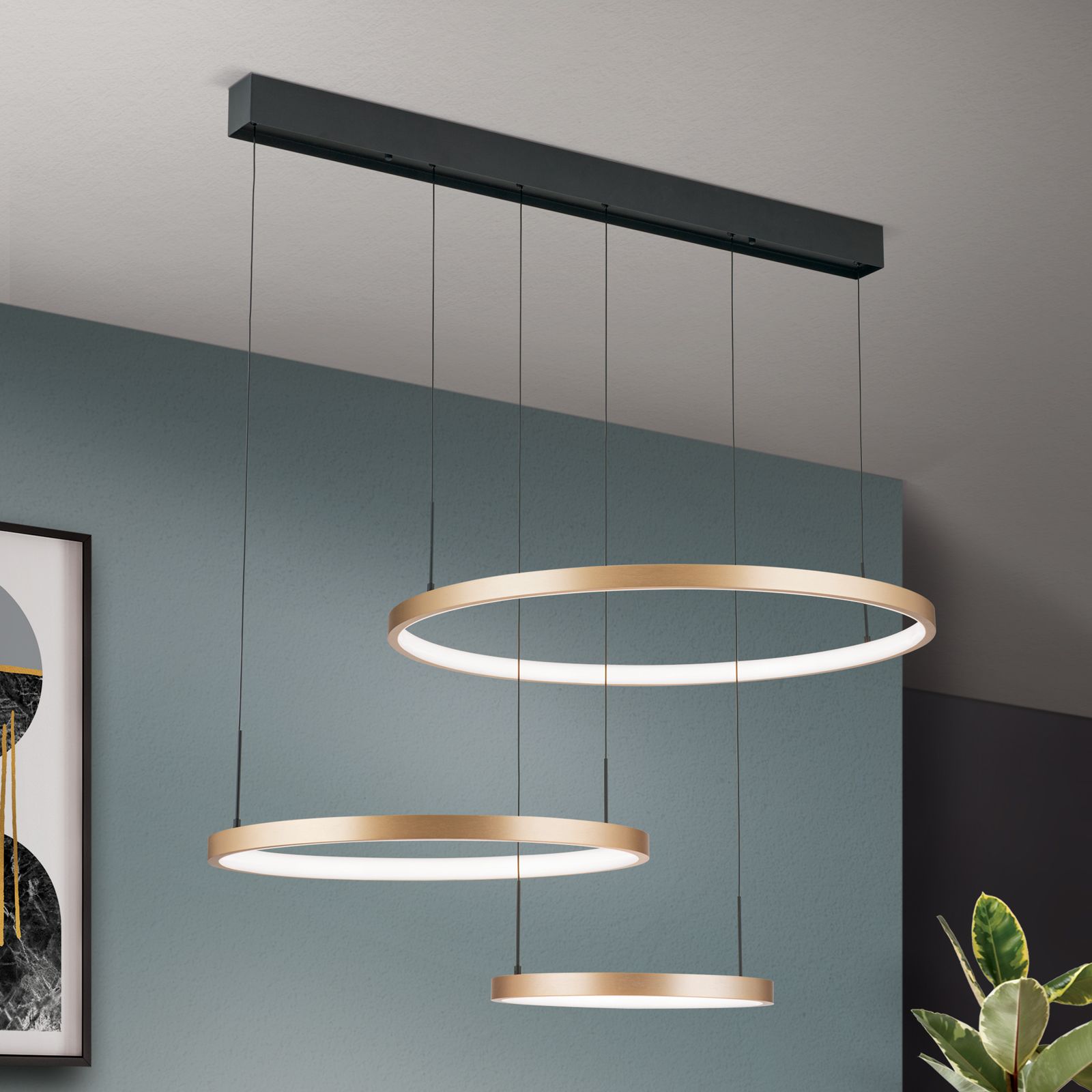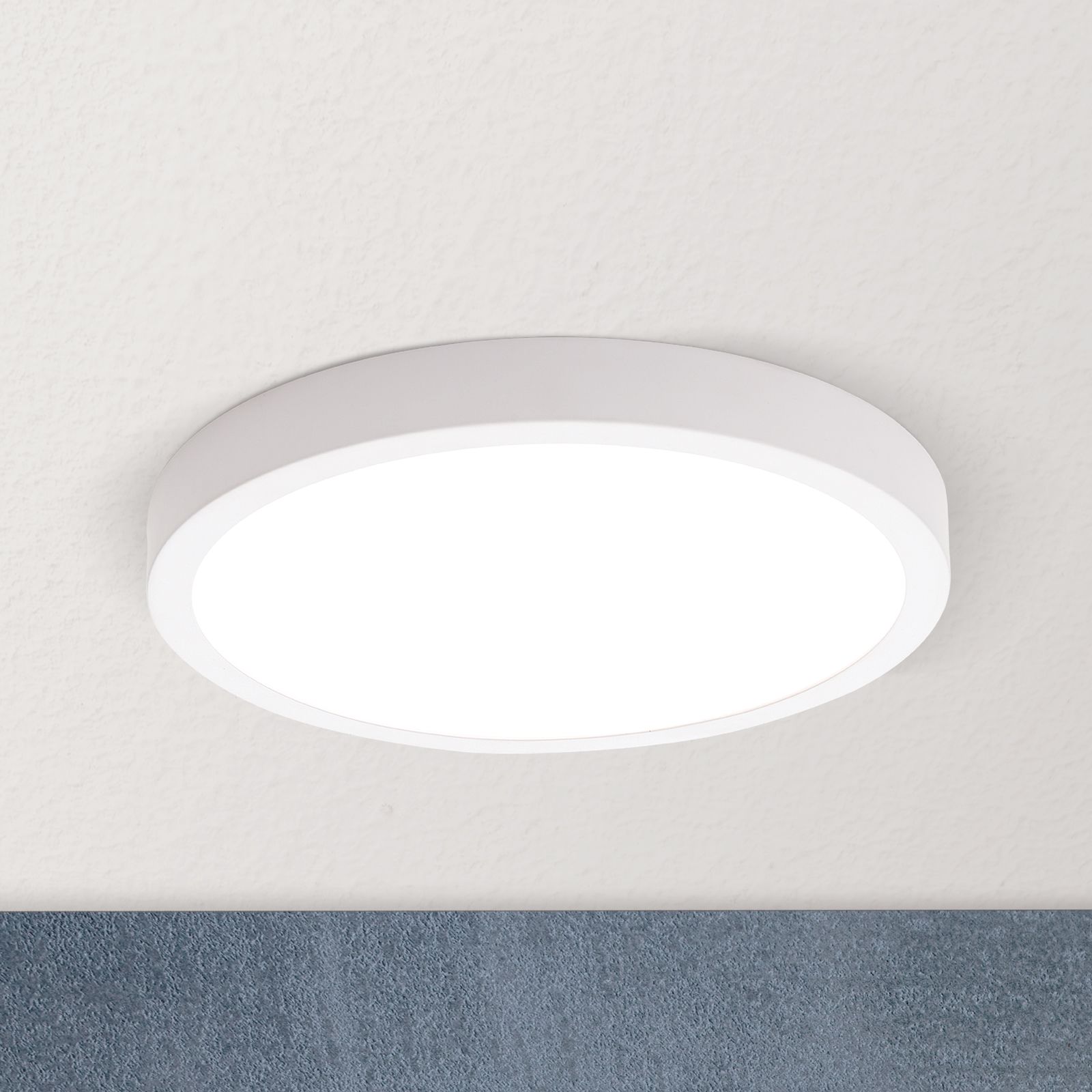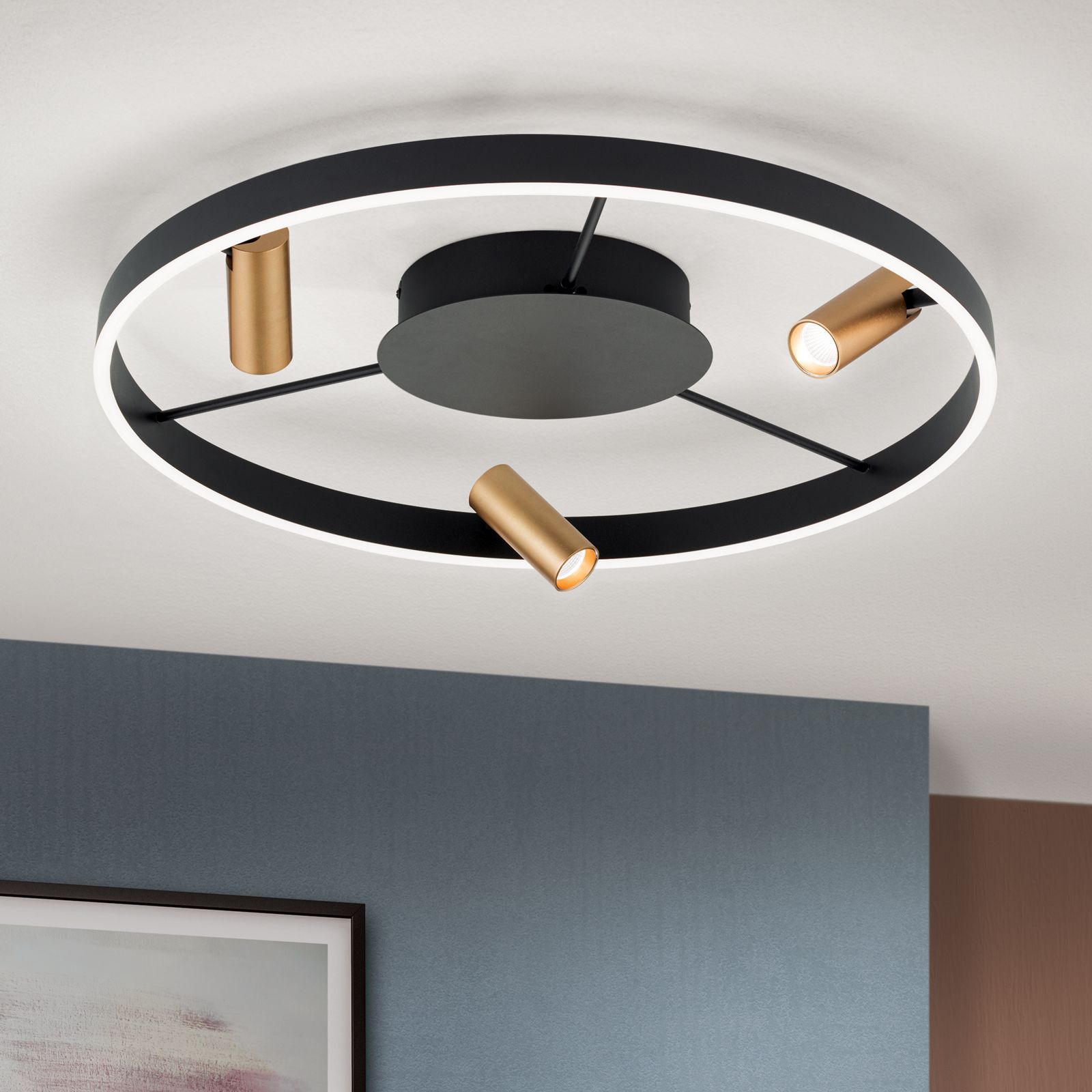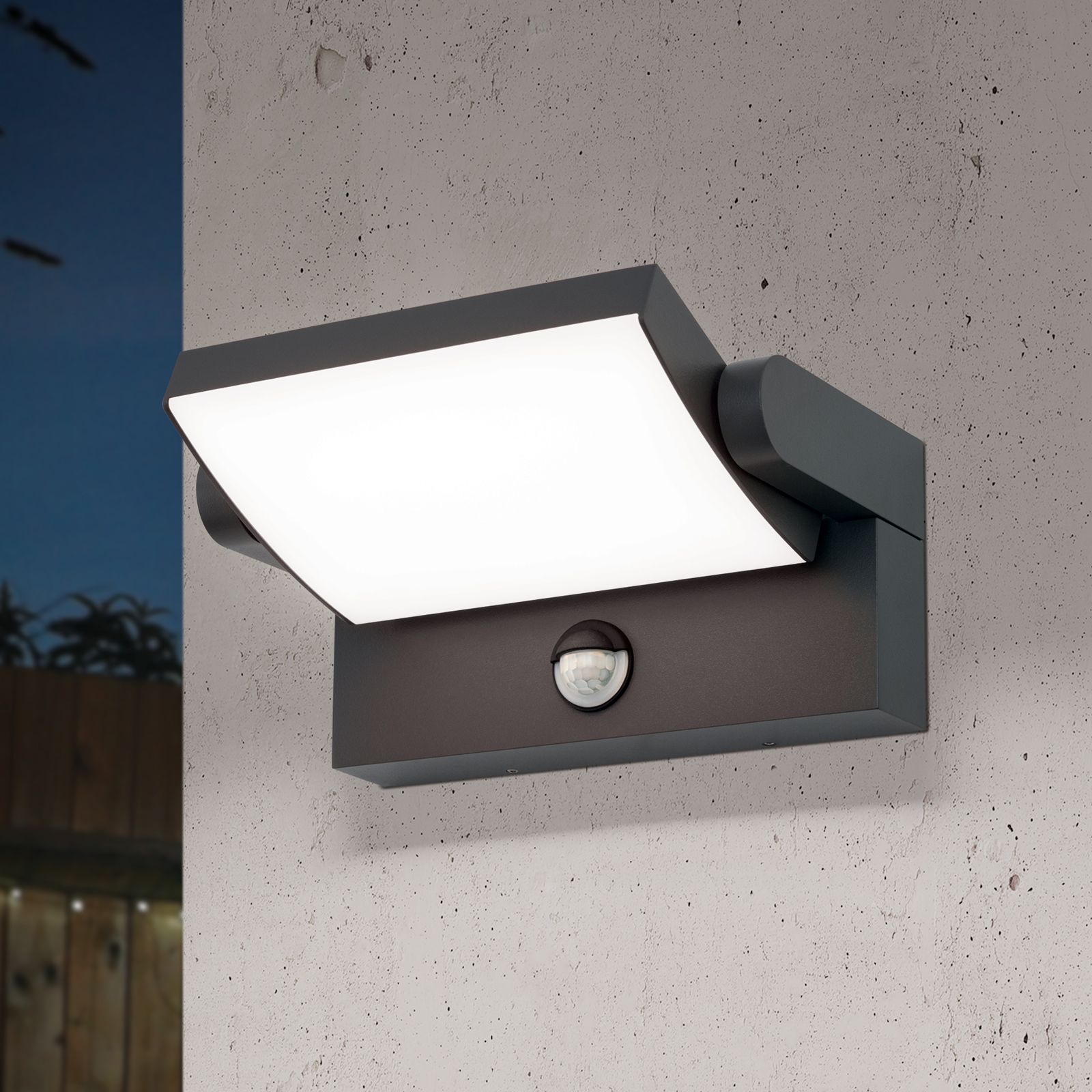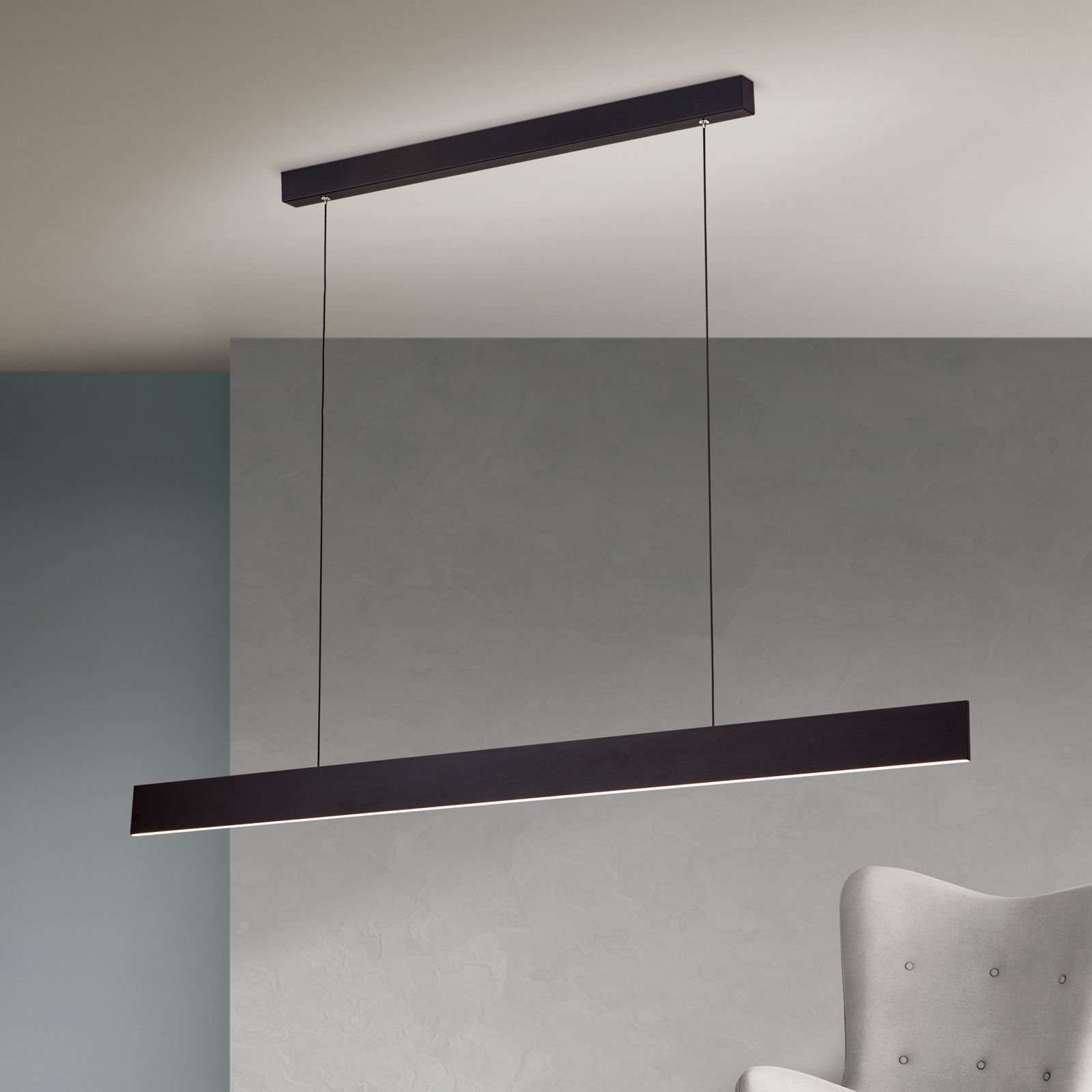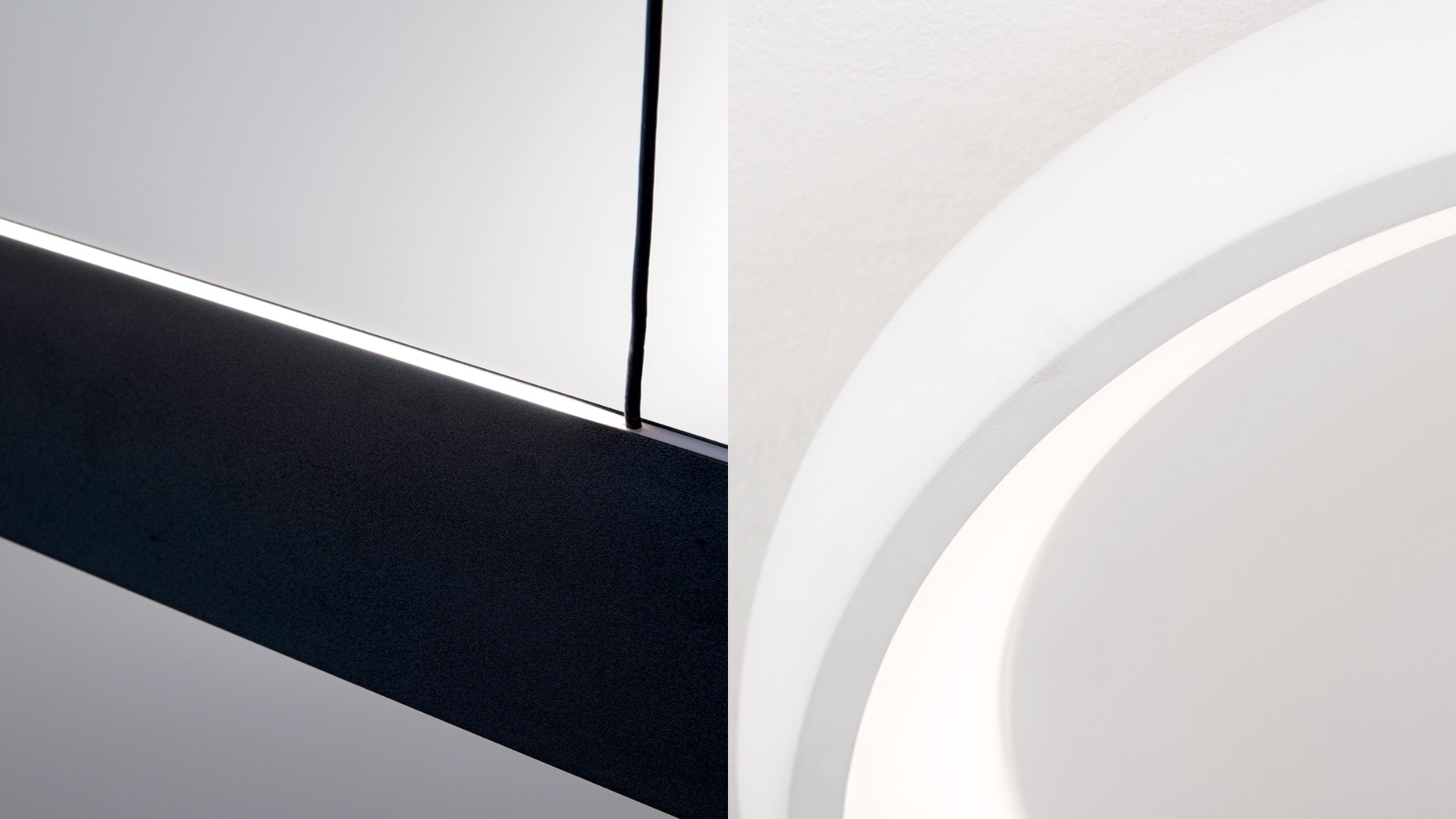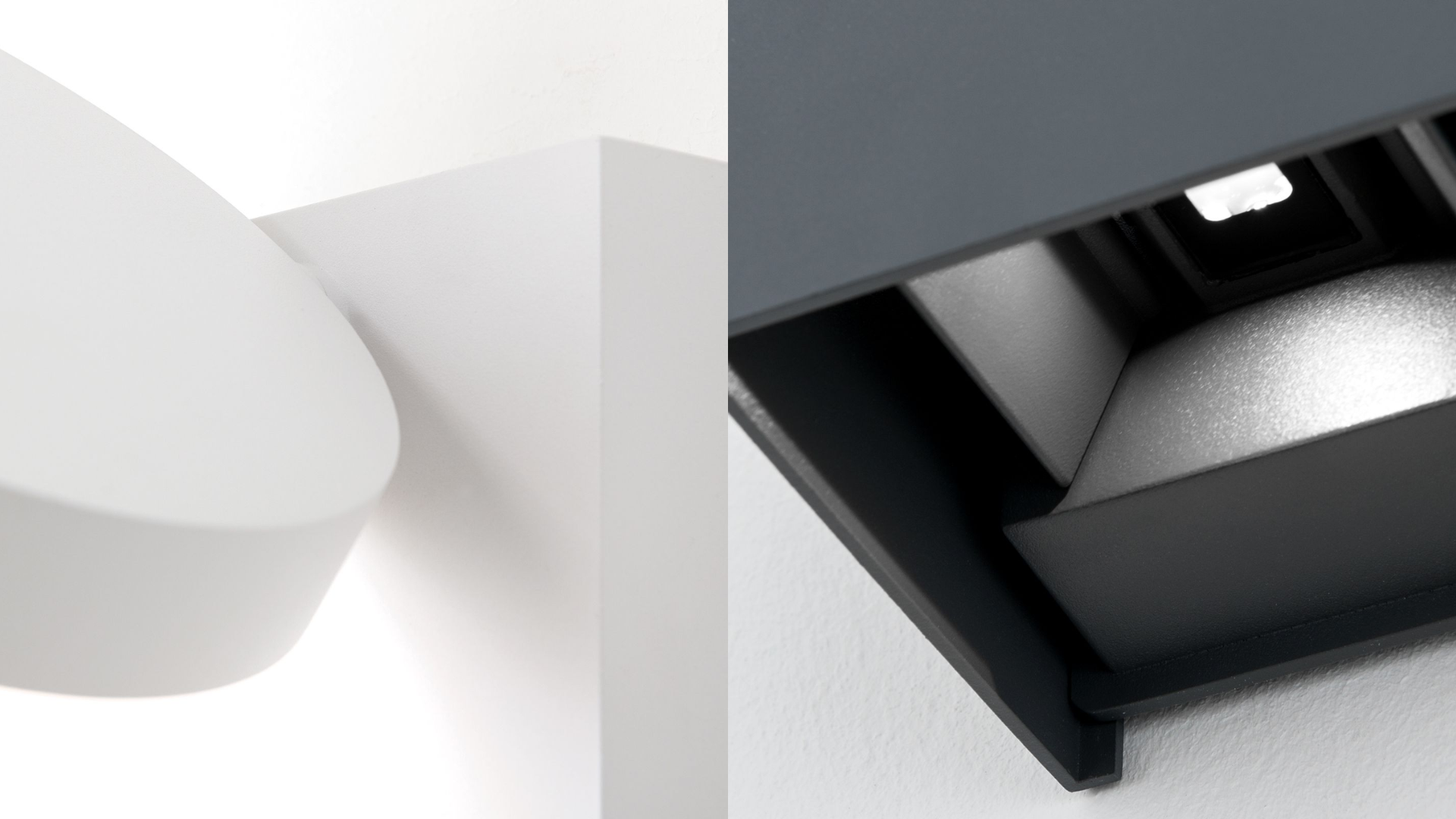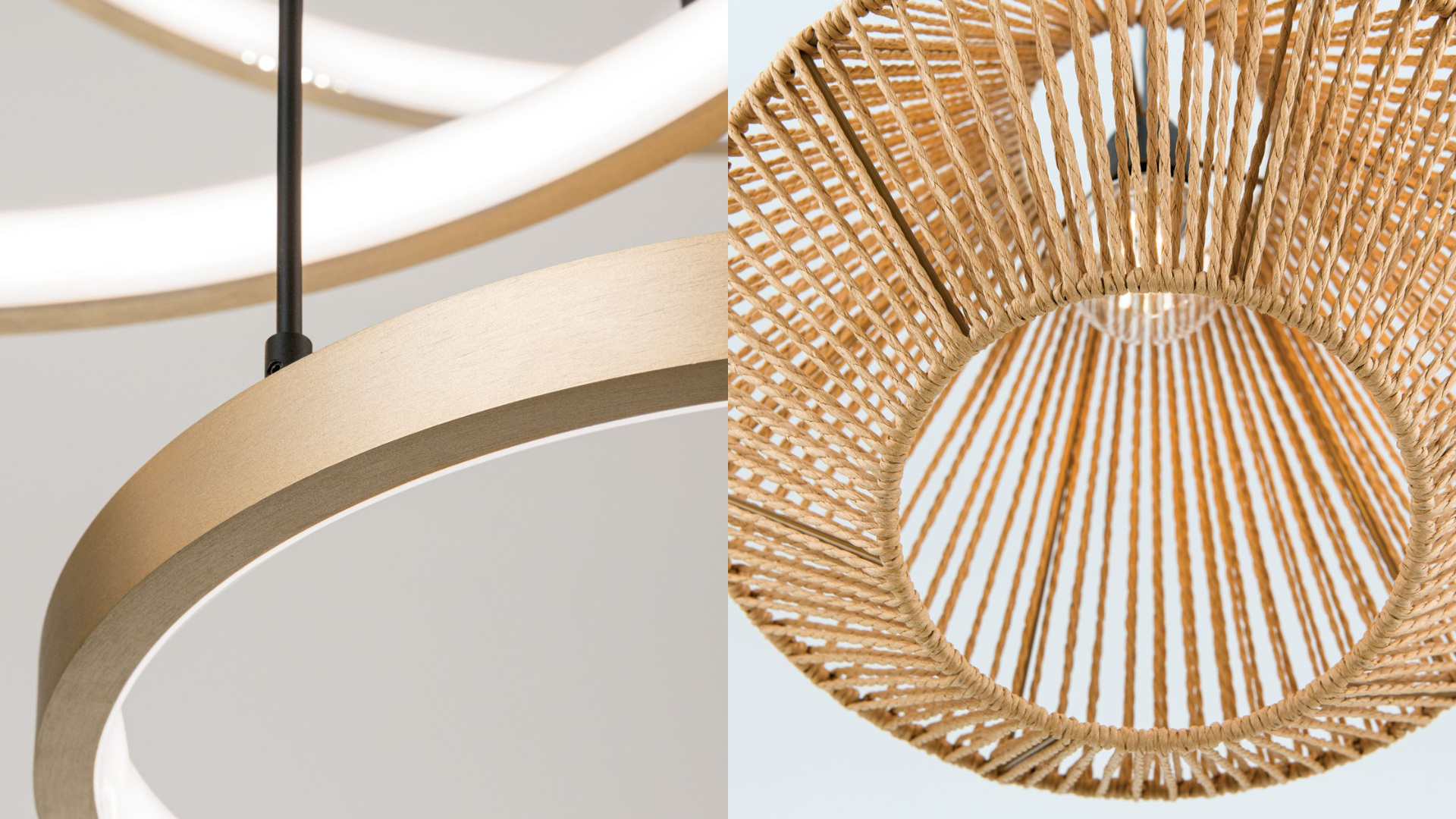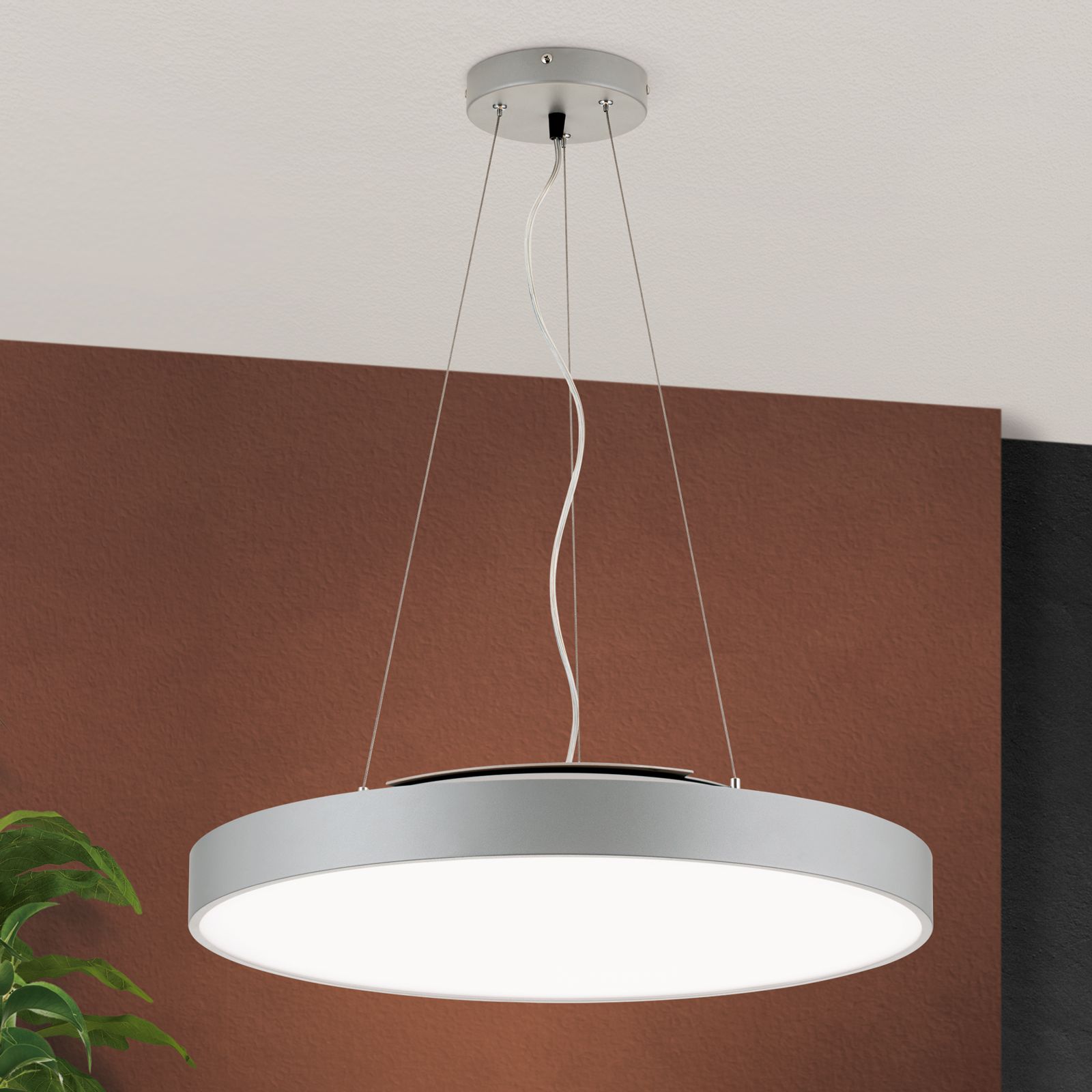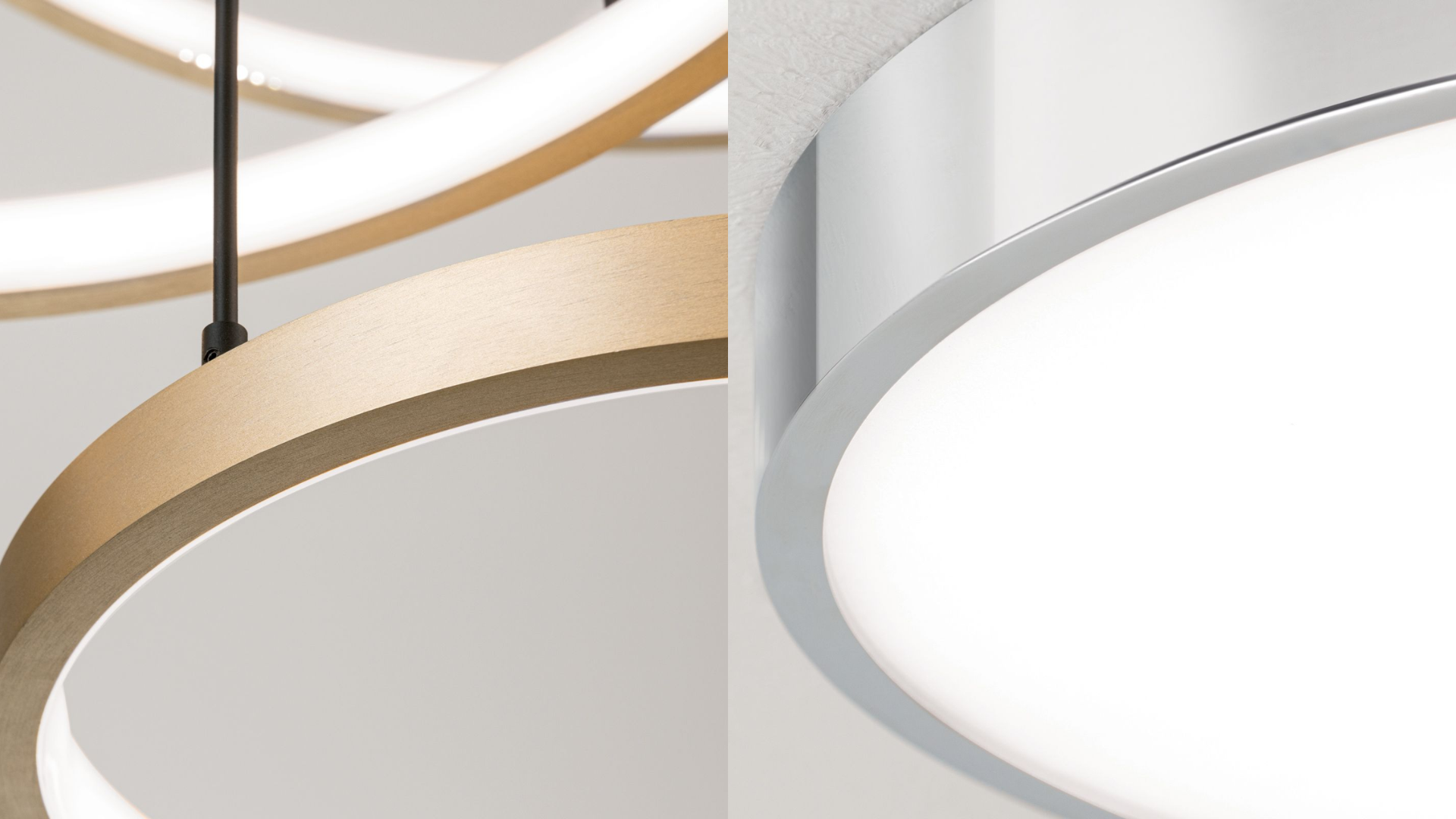
LED lights
Modern and energy efficient lighting
LED lights are among the most popular lights for indoor and outdoor use. LED technology not only enables energy-efficient lighting, but also novel designs.
Everything You Need to Know
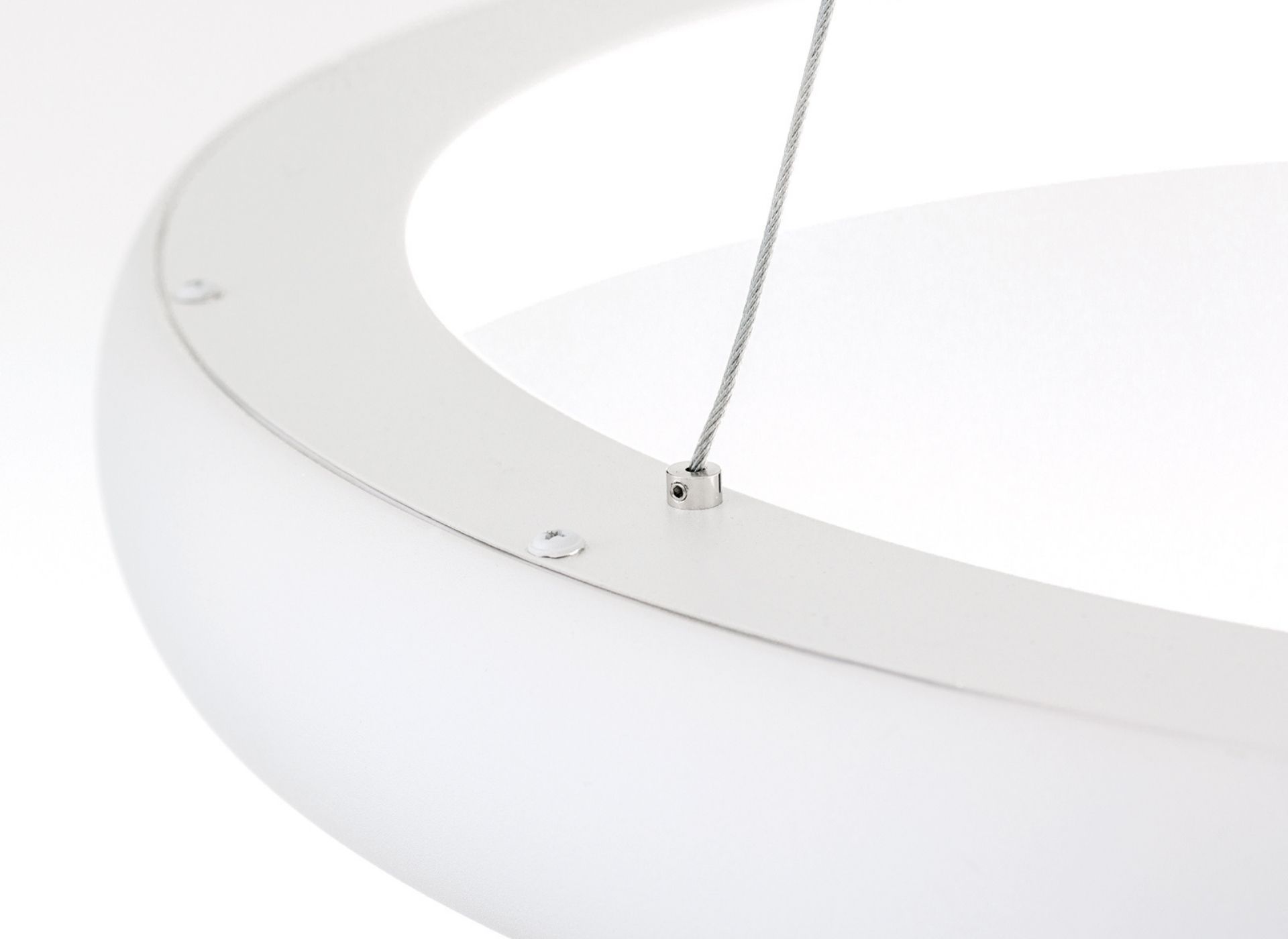
LED lights are among the most popular lights for indoor and outdoor use. LED technology allows not only energy-efficient lighting, but also novel designs, independent of conventional sockets and bulbs.
Thus, there are almost no limits to the luminaire design and the innovative LED luminaire designs harmonize perfectly with a modern lifestyle.
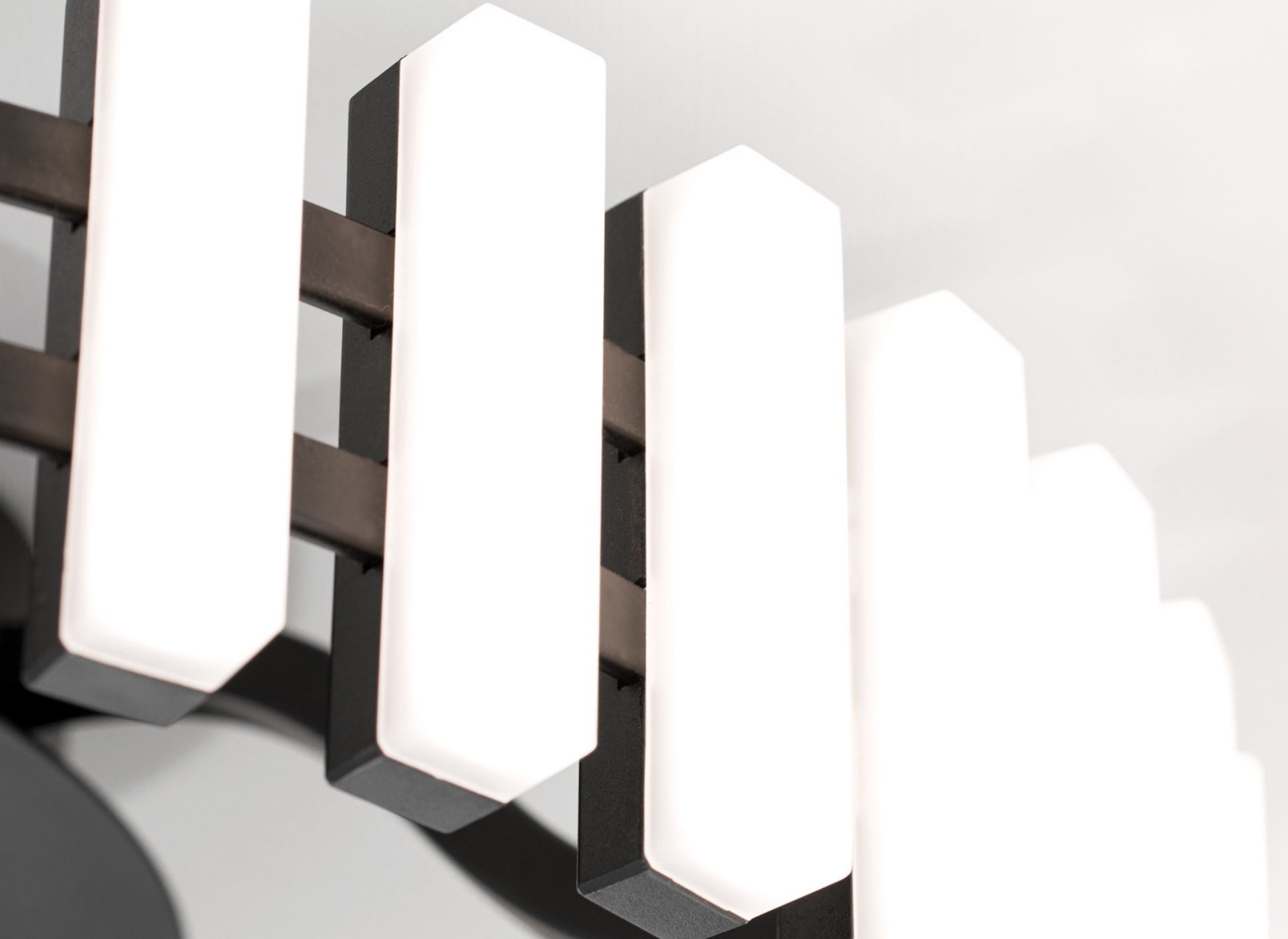
In the interior, LED ceiling lights and LED wall lights are particularly popular due to their modern look and small dimensions. They can also be used to optimally illuminate rooms with low ceilings or small spaces such as bathrooms and WCs. Another advantage is their low heat generation. Some LED luminaires merely get warm, so you can touch them when they are in operation. This means that LED luminaires can be used in a variety of ways.

In outdoor applications, LED luminaires are convincing due to their low maintenance requirements. Once installed, they provide their service reliably for many years without having to be maintained by replacing light sources. Should the light output of a light emitting diode nevertheless decrease, we offer individual and spare parts for many of our lights, which you can request through our customer service.
Further categories
Innovations
Modern and energy-efficient lighting
LED lights are among the most popular lights for indoor and outdoor use. LED technology not only enables energy-efficient lighting, but also innovative designs.
Immerse yourself in the fascinating world of LED lights, where innovation meets design and makes your room shine. Your home will be bathed in a warm, inviting light, every corner enveloped in a soft aura. With LED lights, you don't just experience lighting, but a staging of your surroundings.
LED lights: environmentally friendly, cost-saving, powerful
Why LED lights are the best choice for you
- Energy efficiency: LEDs are extremely energy-efficient and convert a large proportion of the energy supplied directly into light. Compared to conventional light bulbs, they consume significantly less electricity, which considerably reduces energy costs.
- Long service life: With an average of 50,000 hours or more, LED light sources are far more durable than conventional light sources, which not only minimises the cost of replacement, but also reduces waste.
- Good environmental compatibility: LEDs do not contain any toxic materials such as mercury, which is often found in other lighting technologies. This makes them more environmentally friendly and facilitates disposal at the end of their service life.
- Low heat generation: Unlike incandescent lamps, LEDs generate minimal heat. This not only makes them safer to use, but also more efficient, as the energy generated is converted directly into light instead of being lost as heat.
- Low maintenance: Thanks to their longevity, LED lighting requires minimal maintenance. The infrequent need to change lamps not only reduces costs, but also the effort required for regular maintenance.
- Various light colours available: LEDs offer the ability to produce different light colours, from warm yellow tones to cool daylight white. This adaptability makes it possible to customise LED lighting to individual preferences and requirements.
- Dimmable, remote-controllable and intelligent: LED lamps are often dimmable, which not only influences the atmosphere in the room but also further reduces energy consumption. Many systems can also be controlled remotely and even integrated into intelligent lighting systems.
- Contains no mercury: Unlike some other light sources, LEDs do not contain mercury. This not only makes them safer to use, but also more environmentally friendly, as mercury can have a significant impact on the environment if disposed of improperly.
Why does an LED lamp consume less power? The significantly lower power consumption of LED lamps compared to traditional light sources is due to their unique operating principle. Here is a basic explanation of how LED lighting works and why it is so energy efficient:
- Light generation through electron movement: LED stands for "Light Emitting Diode", which in German means "Licht emittierende Diode". LEDs use a semiconductor chip made of materials such as gallium, arsenic or phosphorus. When an electric current flows through the semiconductor, it excites the electrons in the material. These excited electrons then emit energy in the form of photons, which generates light.
- Direct light generation: Unlike conventional light bulbs, which generate heat to make a filament glow, LEDs create light directly through the movement of electrons in the semiconductor material. This means that the majority of the energy supplied is actually converted into light instead of being lost as heat. This makes LEDs far more efficient.
- No filament losses: Incandescent lamps produce light by heating a wire inside the lamp until it glows. This filament process leads to considerable energy losses in the form of heat. LEDs, on the other hand, have no filament and generate light through an electronic reaction, which minimises the loss of energy in the form of heat.
- Targeted light emission: LEDs also enable precise control of light direction. By integrating reflectors and lenses, the light generated can be directed in a specific direction. This prevents scattering losses and ensures that the light arrives exactly where it is needed.
- Efficient light colour generation: LED lighting can generate light in different colours by using different materials in the semiconductor chip. This enables flexible adjustment of the light colour without the use of colour filters, which in turn reduces energy consumption.
What to look for when buying LED lights
- Brightness (lumens): The brightness of LED lamps is measured in lumens. The higher the lumen number, the brighter the lamp. Think about how much light you need in a particular room. For living areas, around 300 to 500 lumens per square metre is sufficient, while more light may be needed for work areas or kitchens.
- Light colour (colour temperature): The colour temperature is measured in Kelvin (K) and influences the mood of the room. Low Kelvin values (e.g. 2700K) produce warm, yellowish light, while higher values (e.g. 5000K) produce cooler, bluish light. Decide on the right colour temperature for the desired ambience and intended use. You can also read more about this in our blog!
- Colour rendering index (CRI): The colour rendering index (CRI - Color Rendering Index) indicates how natural and true to the original colours appear under the light source. A higher CRI value (typically over 80) means better colour rendering. This is particularly important in rooms such as kitchens, where the correct colour rendering of food is important.
- IP protection class: The IP protection class provides information about the protection of the luminaire against the ingress of water and dust. For example, IP20 stands for use in dry indoor areas, while IP65 offers protection against moisture and splash water and is therefore suitable for bathrooms. Make sure that the IP class of the LED lights meets your requirements, especially in damp rooms or outdoors.
- Energy efficiency class: The energy efficiency class indicates how efficiently the respective LED lighting consumes energy. It ranges from A++ (very efficient) to E (less efficient). A higher energy efficiency class generally means lower operating costs and a lower environmental impact.
- Dimmability and additional functions: Check whether the lights are dimmable if you want to be able to adjust the light intensity. Some models also offer smart functions such as remote control or integration into smart home systems - check whether these features meet your needs.
Benefit from our experience!
Great variety, easy navigation: How to use the ORION online shop
- Take a look at our diverse range of LED lighting or narrow down your search by choosing a specific category.
- You can further refine your search by filtering the results by colour, style, material or price, for example.
- Click on your preferred product and receive a detailed description.
- Add the desired light to your shopping basket with ease.
- If you wish, browse further in our shop and add suitable light sources, for example.
- Click on "CONTINUE TO CHECKOUT" to start the payment process. At ORION Leuchten you have a variety of payment options.
- If necessary, create a personal customer account or log in with your e-mail address if you have already created an account. Then complete the payment process.
- On receipt of payment, your outdoor light will be dispatched - and will soon be beautifying your home. Delivery is available both at home and abroad.
Frequently asked questions and answers about LED lights
Which LED shines the brightest?
How much electricity do LED lamps consume?
Why are LEDs better than light bulbs?
- Energy efficiency: LEDs are extremely energy-efficient and convert most of the energy supplied directly into light. In contrast, incandescent lamps generate more heat, which leads to a considerable loss of energy.
- Long service life: LEDs have a significantly longer service life compared to incandescent lamps. While incandescent lamps often only last around 1,000 hours, LEDs can easily reach up to 50,000 hours or more. This results in less maintenance and fewer bulb replacements.
- Low heat generation: They generate less heat than incandescent bulbs, which convert a considerable proportion of the energy supplied into heat. The low heat generation makes LEDs more energy-efficient and safer to use.
- Versatility in lighting design: LED light sources offer the possibility of producing different light colours and are often dimmable. This enables flexible adjustment of the lighting to suit the mood and requirements.
- Robustness and impact resistance: They are robust and impact-resistant because, unlike conventional light bulbs, they have no fragile glass components. This makes them ideal for use in various environments, including outdoors.
- Environmentally friendly: LEDs do not contain harmful substances such as mercury, which is found in some incandescent and fluorescent lamps. This makes LEDs more environmentally friendly and their disposal safer.
- Instant brightness: They reach their maximum brightness immediately after switching on, unlike incandescent lamps, which require a warm-up time.
- Directional light: LEDs emit light directionally, which means that the light can be directed in a specific direction. This enables efficient lighting without scattering losses.


